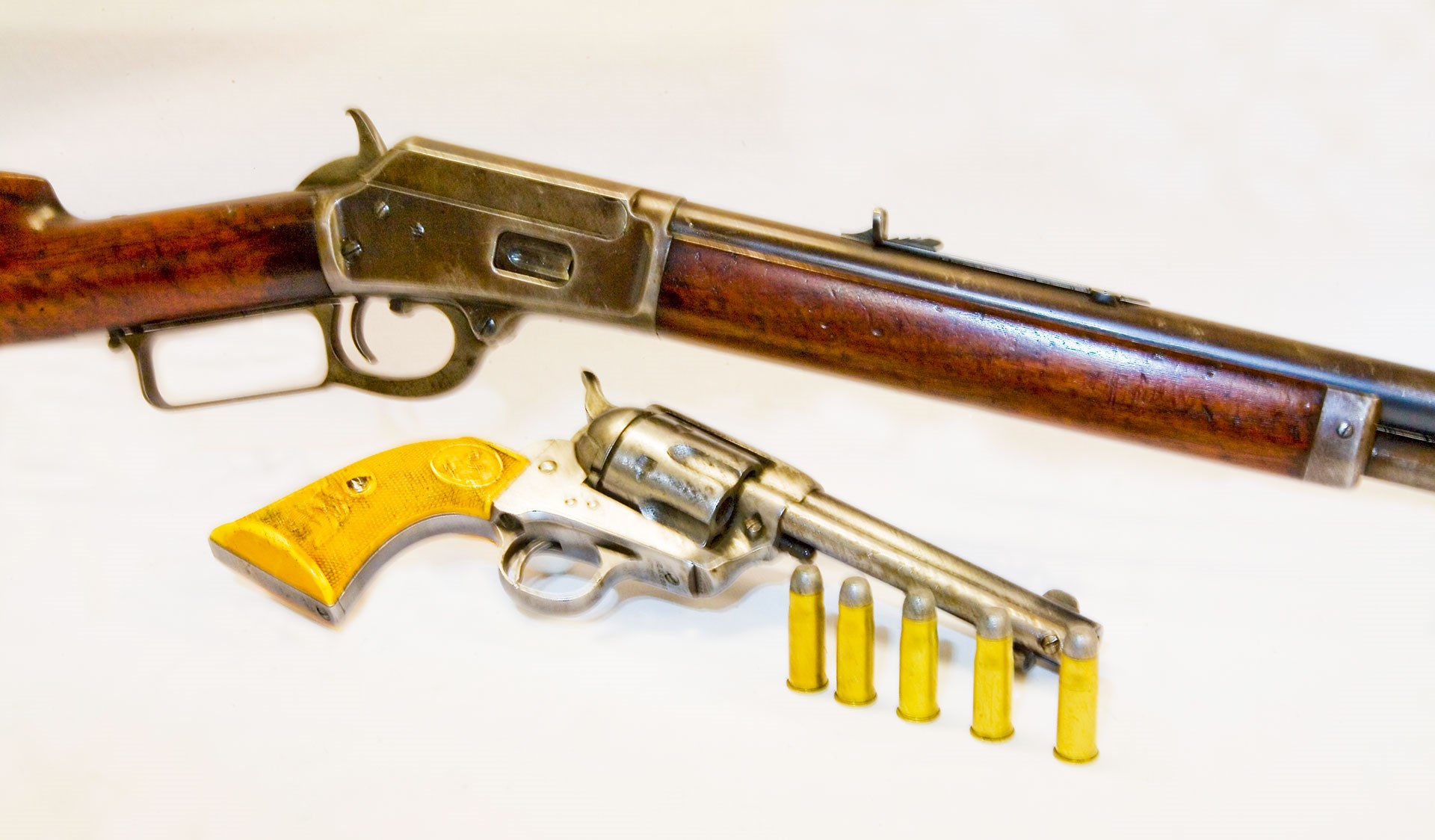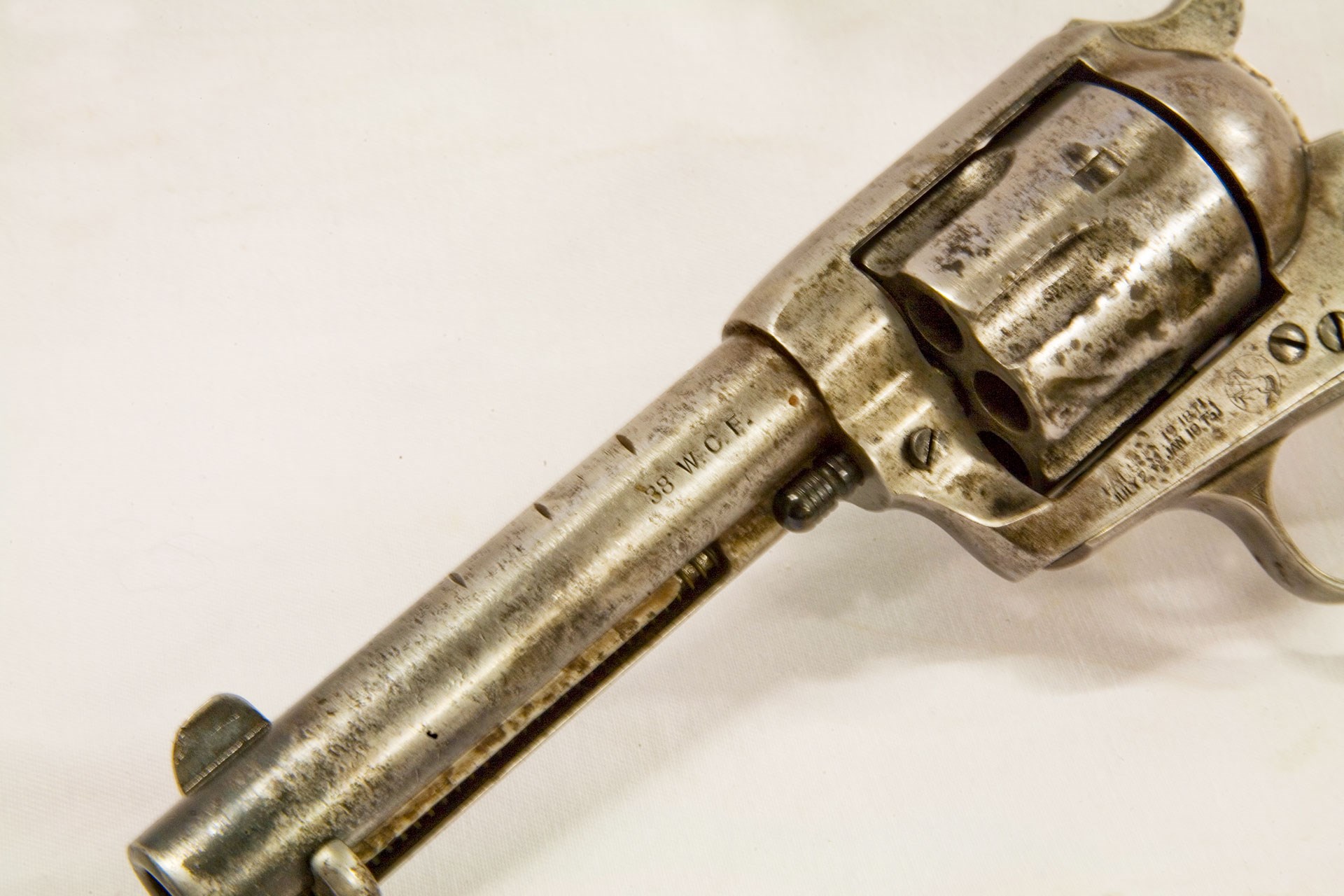Most Americans understand that our country has had a problem with a surge in crime over the last couple of years. In response, there has been a surge in gun purchases, and millions of law-abiding citizens have become first-time gun owners, as they understand that one of the most effective tools to better ensure their safety, and the safety of their loved ones, is a firearm.
Another way to better ensure the safety of American citizens is with an effective criminal justice system. It’s not a complicated concept, and one that can be understood by elementary school children.
Sadly, there are far too many politicians that have decided this concept is, somehow, outdated, and needs to be “reformed.” The ill-conceived “defund the police” movement, naïve calls for eliminating cash bail that allows extremely violent predators to walk our streets even after they have been caught and charged with crimes, and the numerous George Soros-funded DAs that seem uninterested in doing their job of prosecuting violent criminals have all directly contributed to an increase in crime across the country.
Which brings us to San Francisco.
The City by the Bay was once a beautiful, relatively safe destination. Many accounts from long-time residents and recent visitors, however, indicate the city is now plagued with rampant homelessness, filth (often of the kind one does not discuss in polite company) in the streets, and dramatic increases in crime.
Unfortunately, the city’s government has spent more time attempting to score political points by implementing the entire lexicon of progressive crime “reform” policies rather than focusing on keeping their residents safe.
Remember, this is a city whose Board of Supervisors declared NRA a “terrorist organization” in 2019, when such outrageously malicious and blatantly false messaging was being promoted by anti-gun extremists. The mayor was forced to back down on the Board’s “declaration” when the city faced an NRA lawsuit.
In 2022, voters recalled San Francisco District Attorney Chesa Boudin (D)—a radical “progressive” who was backed by anti-gun billionaire George Soros, and ran on a platform of reduced incarceration, elimination of cash bail, and refusal to allow his office to assist federal authorities with capturing people who had entered our country illegally.
The successful signature drive to put Boudin’s recall on the ballot was spearheaded by two Democrats, and the vote to oust him saw a greater turnout than his original election, so perhaps there are signs of sanity emerging from the left coast’s most prominent bastion of liberal extremism.
Still, the sanity cannot come soon enough, as recent examples of the crime problem in San Francisco highlight the notion that there is still a long way to go.
Recently, it was reported that CNN reporters had their car broken into and items stolen, in San Francisco. And while theft is bad enough, the crew was apparently working on a story “about voter discontent with the city’s rampant street crime,” making the crime fairly ironic. That’s just an observation, not an attempt at making humor out of the situation, as it gets even worse. Kyung Lah, a CNN senior national correspondent that was part of the reporting team, tweeted about the experience, stating, “Got Robbed. Again.”
Since it had happened to her before, you would think she would have taken precautions. Turns out, she did, as her tweet also mentioned, “We had security to watch our rental car + our crew car.” Yes, things are so bad in San Francisco that you can even go the extra mile of hiring private security to protect your belongings, and you can still become a victim of theft.
Snehal Antani, who describes himself as “an entrepreneur, technologist, and investor,” also recently tweeted about a car break-in experienced by work colleagues who were in San Francisco from out of town (perhaps from another country). Antani, CEO of the San Francisco-based cybersecurity company Horizon3.ai, posted, “A teammate visiting San Francisco for an offsite called me frantically last night. After dinner at Fisherman’s Wharf they came back to a smashed car window and 2 stolen backpacks. $10K in gear lost, passports gone, etc. #San Francisco.”
Responses to the tweet contained what one might expect from random people on Twitter; some were sympathetic, others blamed the victims for not being more aware of the potential for having a car broken into, and plenty of people implied these crime victims were “snowflakes” after Antani suggested they might be “scarred forever” after being victimized.
But the reason we mention Antani’s tweet is because of one particular responder, as reported by Red State. A gentleman named John Hamasaki tweeted, “Interesting. Would getting your car window broken and some stuff stolen leave you ‘scarred forever’? Is this what the suburbs do to you? Shelter you from basic city life experiences so that when they happen you are broken to the core?”
Now, Hamasaki has no idea if the crime victims were actually from “the suburbs,” but besides that presumption and his condescension, there is probably no better example of the state of crime in American cities than his assumption that being a crime victim should be thought of as part of “basic city life experiences….”
And who is John Hamasaki? He’s a former San Francisco police commissioner and a failed candidate for San Francisco DA, having lost the 2022 special election to replace the recalled Chesa Boudin. He is, in other words, one of the reasons crime in San Francisco has become such a problem. When a former police commissioner opines that being a victim of crime is merely a part of “basic city life experiences,” it is easy to see how crime can get out of hand.
Hamasaki even seems to humble brag about his own crime victimization. In an interview with SFGate, he noted, “I’ve been a victim of a host of crimes in San Francisco; I’ve had my windows broken four times.” So, since he is often a crime victim, he thinks others shouldn’t make such a big deal out of it when they are victims?
Thankfully, there is that “former” tag when referring to his stint as police commissioner, and he also managed to lose the race to become the city’s district attorney.
Again, perhaps there are signs that sanity is taking grip in San Francisco. But, given the city’s recent “solutions” to its crime problem, perhaps not.






